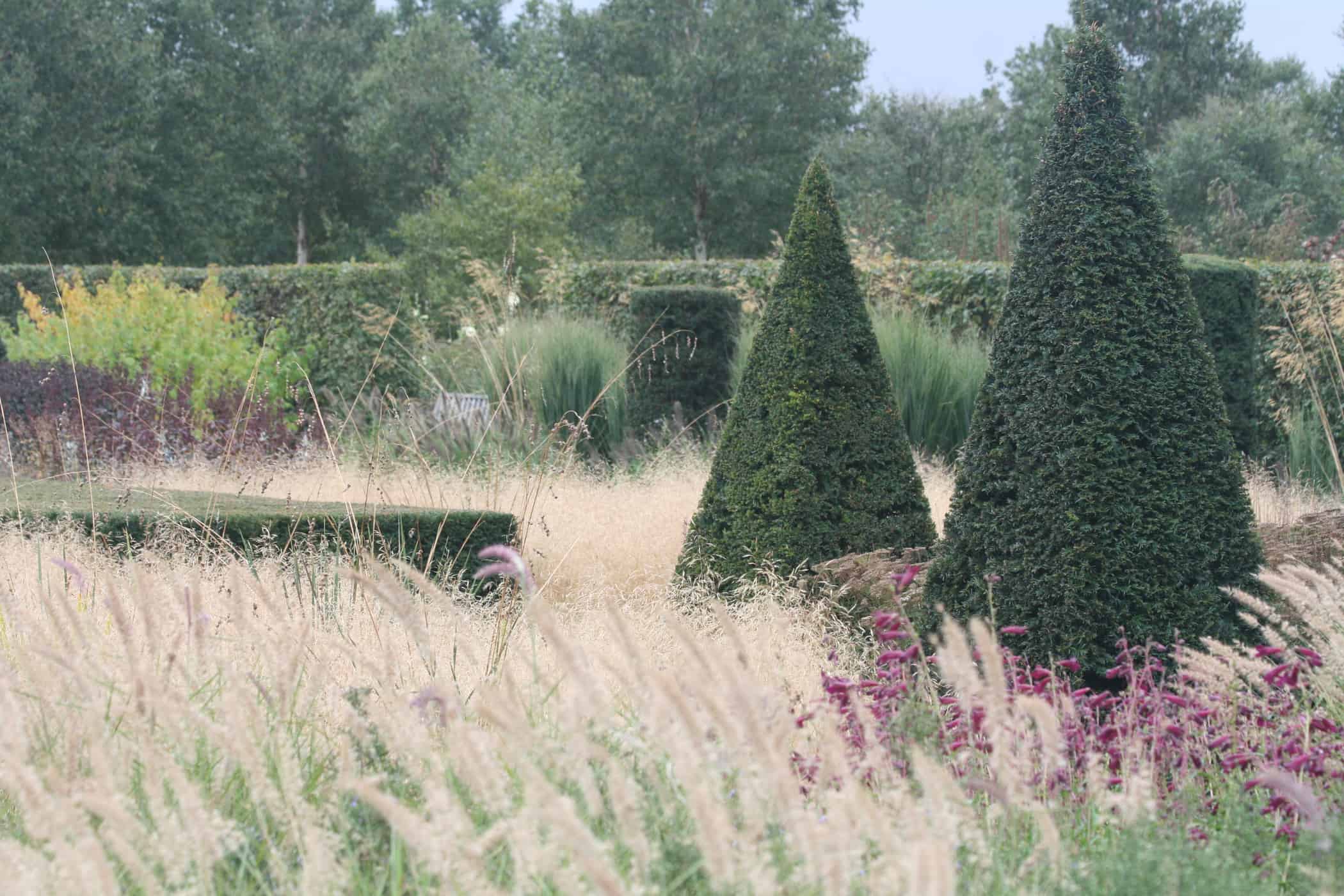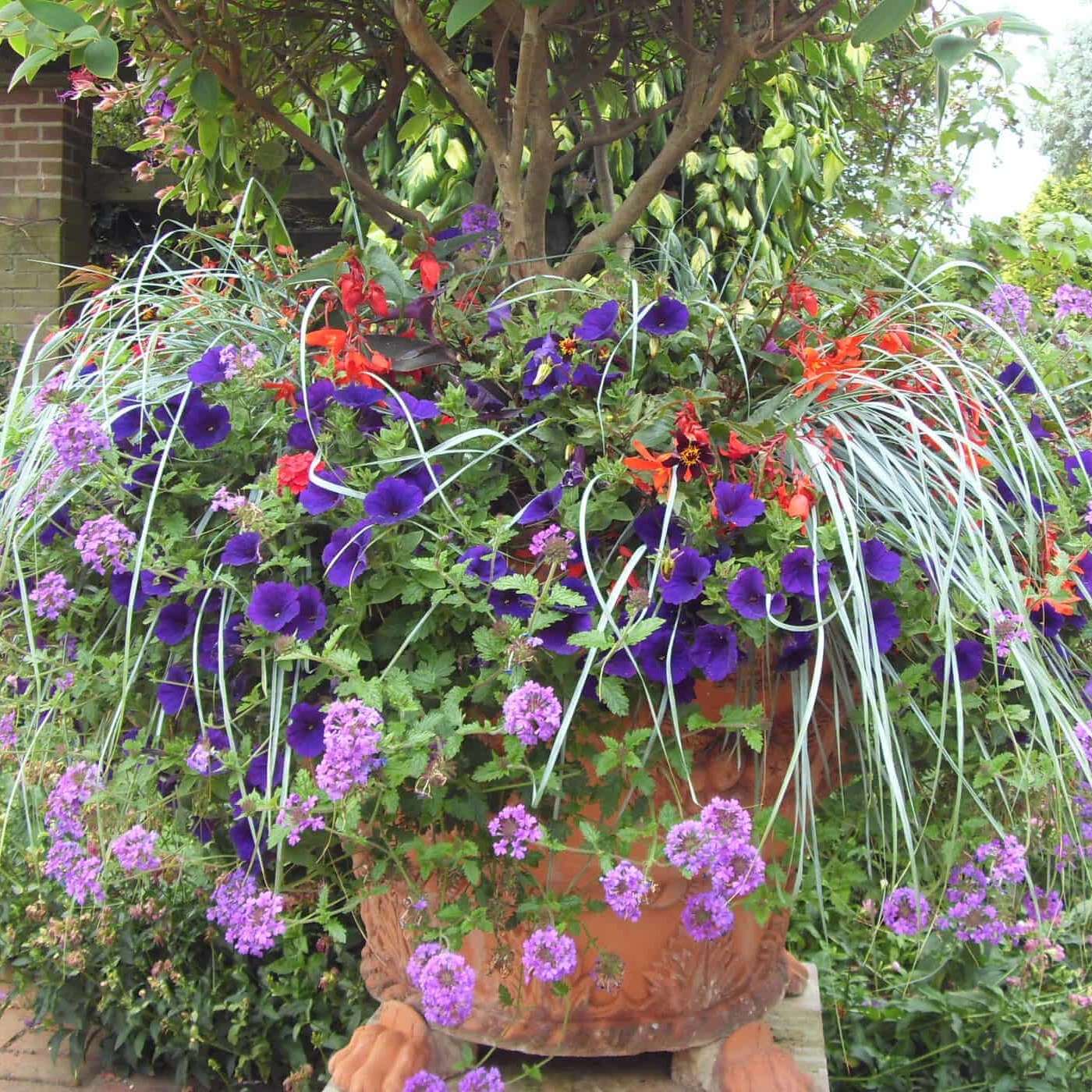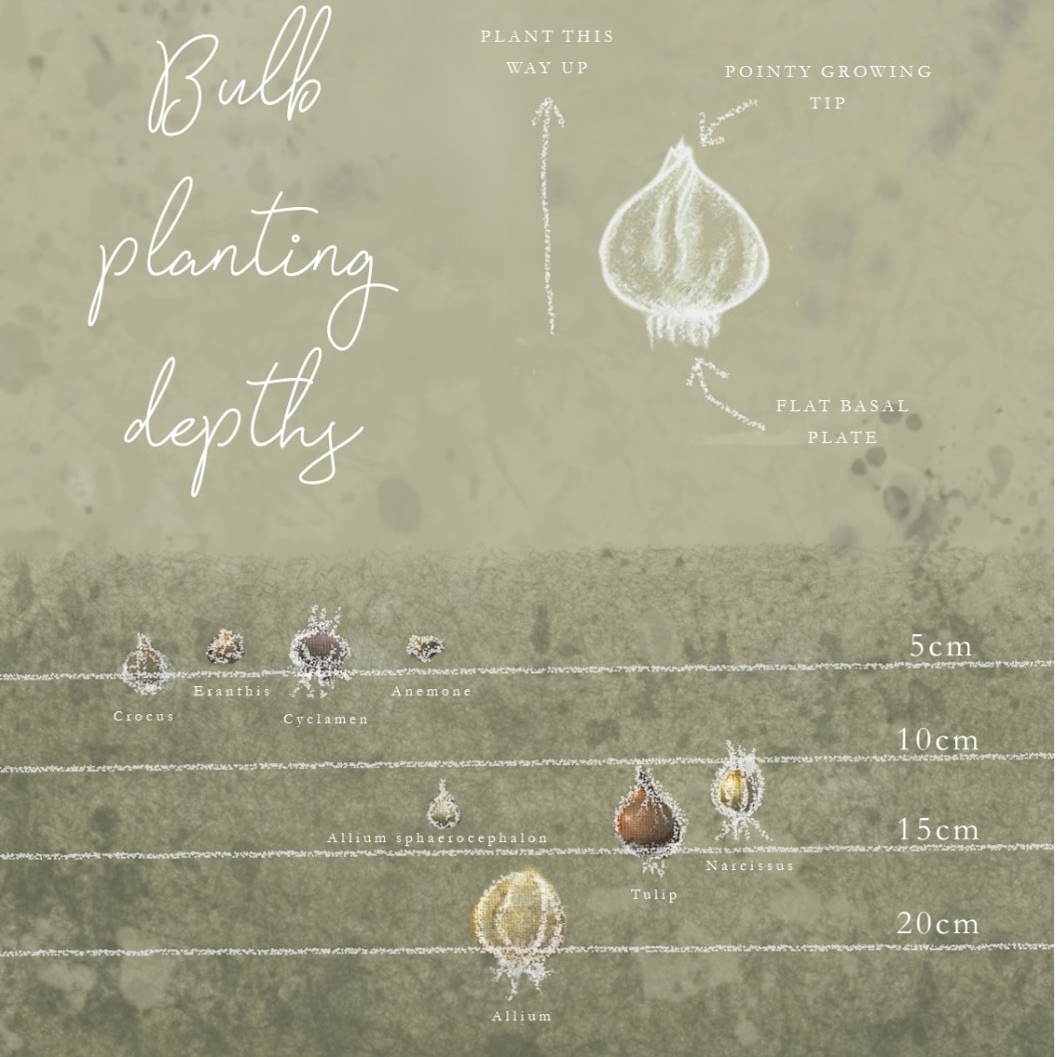How to create your own formal hedges and topiary
One thing that almost all great gardens share, is the use of formal hedges and topiary. And this is often shown off to best effect during the winter months. Not only do they provide form and structure, but can help create focal points, frame views, block eyesores and act as walls and pillars to define spaces and pathways.

In their majestic maturity, it is hard to believe all hedges and topiary start life as a tiny seedling or rooted cutting. It just took some careful forethought, choosing the right plant for the right place, and then a little ongoing care and attention to create a living artwork. The process involves selecting suitable shrubs, understanding their growth habits, and implementing effective pruning techniques. Here’s a comprehensive guide on how to plan and design shrubs for formal hedges and topiaries.
- Site Analysis:
Before selecting shrubs, assess the site conditions. Consider factors such as sunlight exposure, soil type, and climate. Different shrubs have varying preferences, and choosing those that thrive in the specific environment will contribute to their health and longevity. Always take time to get to know a site over at least a full year through the seasons, and consult the RHS website when choosing plants.
- Selecting Suitable Shrubs:
Choose evergreen shrubs with dense foliage for formal hedges, as they maintain their structure year-round. Boxwood (Buxus) was always the go-to choice for low hedges and smaller shapes, but be aware of box blight and box moth caterpillars as this is decimating boxwood in some areas. There are various alternative choices on the RHS website.
Yew (Taxus) is probably the all-time favourite for larger hedges and topiary, although dwarf forms of yew can be used for smaller hedges, Privet (Ligustrum) is a popular choice but can look ropey in winter in colder areas as it not fully evergreen. Cherry laurel (Prunus laurocerasus) may be tempting, but their large leaf size makes them difficult to keep looking good. Instead, consider Portuguese laurel (Prunus lusitanica).
For more seasonality, Beech (Fagus) and hornbeam (Carpinus) can be used. Their leaves turn golden brown in winter and glow bright orange when backlit by the winter sun. They drop them in late winter and a fresh flush of green leaves brings the hedge into spring and summer. Their leaves are not so fine
- Consider Growth Characteristics:
To create your own formal hedges and topiary, understand the growth habits of chosen shrubs to plan the design effectively. Some species naturally have a dense, upright growth, while others may spread wide. Matching the growth characteristics to the desired design is crucial for achieving a uniform appearance.
- Formal Hedge Design:
When planning a formal hedge, consider the desired height, width, and shape. Use a string or stakes to mark the hedge line and ensure it remains straight. Regular pruning is essential to maintain a clean, defined shape. For a classic look, opt for straight edges and flat tops.
- Topiary Design:
Topiaries involve shaping shrubs into geometric or whimsical forms. Common shapes include spheres, cones, and spirals. But don’t restrict yourself to that. Consider creating shapes that reflect that local landscape, or creating figurative shapes that appear to be inhabiting the garden. Begin with a basic shape and gradually refine it through careful pruning. Regular maintenance is crucial to preserve the intended design.
- Soil Preparation:
Prepare the soil by incorporating organic matter and ensuring proper drainage. Healthy soil is essential for robust shrub growth and contributes to the success of formal hedges and topiaries.
- Plant Spacing:
Consider the mature size of the chosen shrubs and space them accordingly. Proper spacing prevents overcrowding and allows each shrub to receive adequate sunlight and nutrients. For larger hedges this will generally be a plant every 30 to 40cm in a single or staggered (zig-zag) row, for small hedges it may be every 20cm.
- Pruning Techniques:
Pruning is a fundamental aspect of maintaining formal hedges and topiaries. Use sharp, clean tools and follow specific pruning techniques for each shrub species. Regular trimming promotes dense foliage and helps achieve the desired shape. Small pieces can be pruned with secateurs, larger with shears or powered hedge trimmers.
- Watering and Fertilising:
For the first year or two after planting, provide consistent watering during dry periods, to ensure the health of the shrubs. Additionally, apply a balanced fertiliser in the growing season to support vigorous growth if needed.
Designing formal hedges and topiaries requires a thoughtful approach, combining an understanding of plant characteristics with some careful planning and maintenance. By selecting appropriate shrubs, considering growth habits, and implementing effective pruning techniques, one can create stunning and enduring features that add a timeless and priceless quality to gardens of all styles and sizes.
Owen Hayman
Owen joined the Bestall & Co planting and aftercare team in spring 2019. He is an RHS qualified horticulturist, holding a full Level 3 Diploma in Horticulture, and recently came in the top 3 at the Northern Regional Final of The Young Horticulturist of the Year 2019. After first doing a foundation diploma in Fine Art, he went on to gain a degree and masters in Plant and Soil Science from the University of Sheffield in 2014. Owen worked as a researcher on various field research projects in Alaska, Panama and Borneo. When not away in the field, he became obsessed with visiting gardens and nurseries across the British Isles and the Netherlands, developing his own garden, and then taking on a walled allotment garden as a personal project. He realised his true passion was in horticulture, and so moved away from academia and into the world of specialist plant nurseries and professional gardening.
Owen is now studying the Wisley Diploma, but continues to write articles for us on a monthly basis, and we're delighted to maintain contact with such a passionate and knowledgable plantsman.



